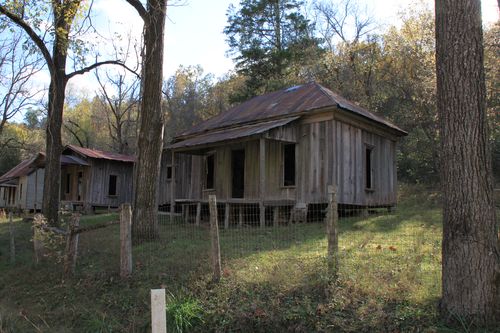
Rush is a really interesting and unique little area right along the Buffalo River. The community dates back to the 1880’s when mines opened as prospectors mined for zinc ore that was discovered in the mountains here. Mining in the area was at its peak during World War I when its population reached an estimated 5,000.
After the war, mining production declined due to the drop in the market demand for zinc. The mines were eventually shut down. The last post office in Rush closed in the mid-1950’s. When it was acquired as part of the Buffalo National River in 1972, it was a ghost town.
All that is left of Rush today are a few abandoned buildings, the remains of some others, and a few hiking trails that connect them all.
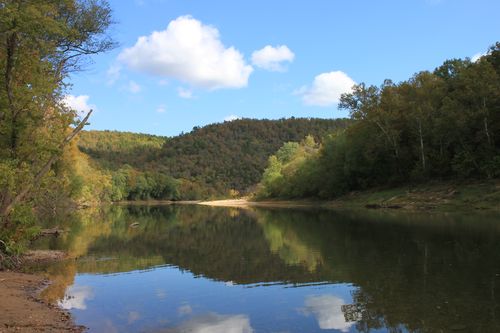
Getting to the Rush Historic District
To get to the Rush Historic District, take Highway 14 south from Yellville. After about 10 miles, there will be a sign that clearly marks the left-hand turn to Rush. Turn here, and follow the paved road all the way down the hill to the river area.
There are two parking areas. The first is on your left, just after a row of abandoned old buildings. Several of them are houses. One is what remains of the town general store. This store used to be the town center.
All of these old buildings date back to around 1899 when the community was thriving.
Across the road is a series of old stone fences, stair steps, and old foundations that are also fun to explore.
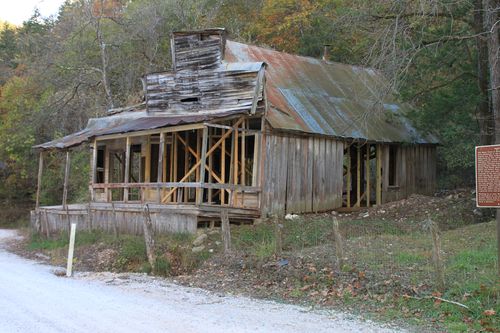
Just after this row of abandoned buildings, which makes up the majority of the historic area, there is a parking area to the left. This is the trailhead to the Morning Star Trail, a short and historic loop trail.
Further down the road, there is a fork in the road. To the right is Rush Campground, and to the left is another parking area with a small shelter house. The parking area is near the Rush access area for the Buffalo (aka Rush Landing). I like to park here because the river makes a nice little place to cool off after hiking.
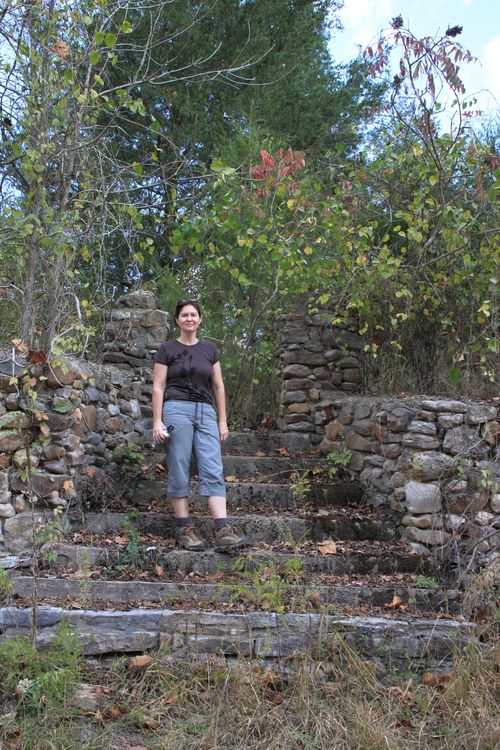
There are two hiking trails in the Rush Historic District. There is the very short Morning Star Loop which hits a lot of the historic highlights of the community. Then there is the Rush Mountain Trail, which can be hiked in two separate sections: from the Morning Star area to the Rush Landing area, then from there to the Monte Cristo area.
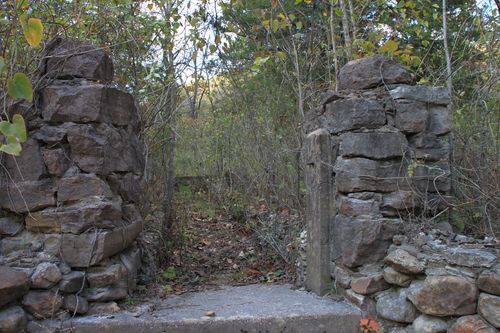
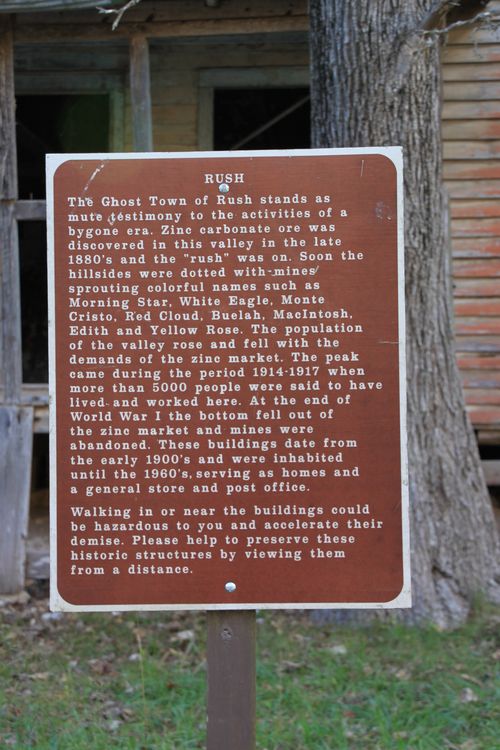
[This post was originally published on December 21, 2011 in the blog “Exploring Northwest Arkansas.”]
